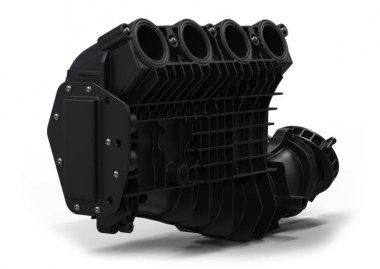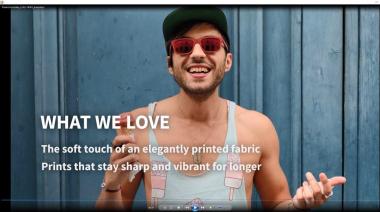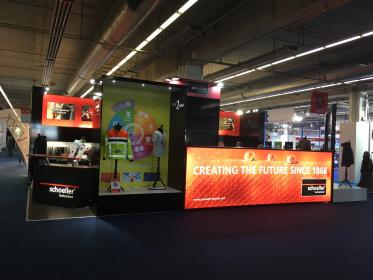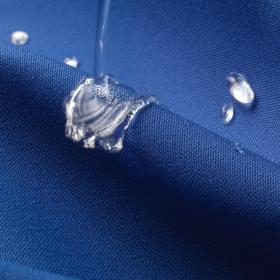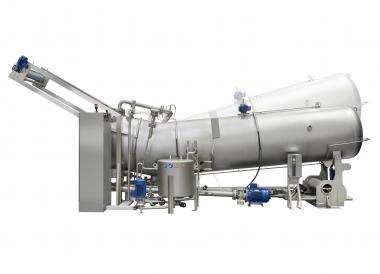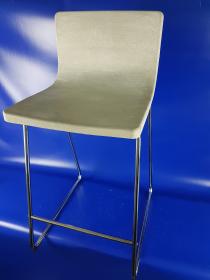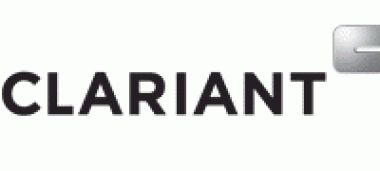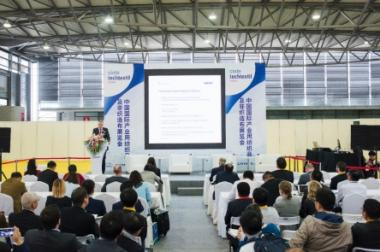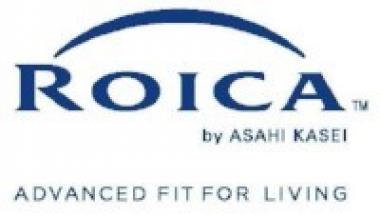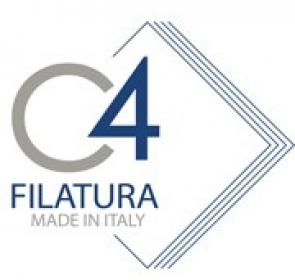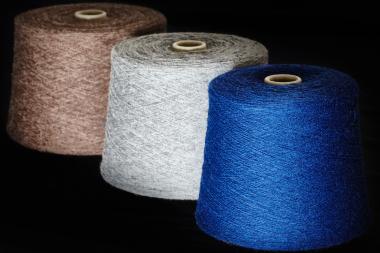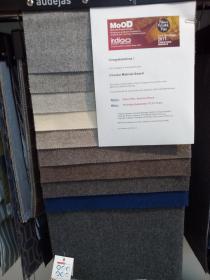Ascend stellt seine neuen Produkte Vydyne® XHT, LCPA und HTPA auf der K 2019 vor
HOUSTON – Ascend Performance Materials kündigte heute die Markteinführung mehrerer neuer Spezial-Polyamide auf der K 2019 an, um den wachsenden Anforderungen seiner Kunden zu begegnen. Unter den neuen Produkten befinden sich langkettigen Polyamide, Vydyne® XHT und neue hochtemperatur Polyamide.
Vydyne XHT, ein neues Portfolio aus hitzestabilisiertem Polyamid 66 und Copolymeren, ist widerstandsfähig gegenüber Langzeittemperaturen von bis zu 230°C. Durch eine Kombination aus speziellen Polymerverbindungen und einer mehrstufigen Wärmestabilisierungstechnologie erweitern XHT-Produkte die Grenzen der Temperaturbeständigkeit – ohne Einbußen bei der Verarbeitbarkeit, Beständigkeit und den mechanischen Eigenschaften, für die PA66 bekannt ist.
„Bei Motoren mit unterschiedlichen Leistungen und Drehmomenten, sind konstante Werte bei hohen Temperaturen für Anwendungen unter der Motorhaube unverzichtbar“, so Vikram Gopal, Senior Vice President für Technologie bei Ascend. „Vydyne XHT wurde von uns entwickelt, um unseren Kunden, die sich heute mit unzureichender Leistung in einem engen Betriebsbereich begnügen müssen, eine Alternative zu bieten.“
Das Portfolio von Vydyne XHT umfasst vier glasgefüllte Typen, die sich optimal für anspruchsvolle Anwendungen im Automobilbereich wie Ladeluftkühler, Luftansaugkrümmer, Abgasrückführung und Resonatoren eignen. Alle XHT-Typen bieten ein ausgezeichnetes Fließverhalten und eignen sich als Regranulat, wodurch überschüssiges Material wiederaufbereitet und die Produktionseffizienz gesteigert werden kann.
Ascend stellt außerdem ein neues Produktportfolio aus den langkettigen Polyamiden PA610 und PA612 vor. Mit ihrer geringen Feuchtigkeitsaufnahme und einer hohen Beständigkeit gegenüber Chemikalien und UV-Strahlung eignen sich die langkettigen Polyamiden für eine Vielzahl von Anwendungen, darunter Monofilamente, Batterieabdichtungen, Kabelbinder, Automobilkühlsysteme, Kraftstoffanschlüsse sowie Sportartikel.
„Unsere Kunden sind Innovationstreiber und sehen steigende Anforderungen in ihren jeweiligen Branchen“, so Phil McDivitt, Präsident und Vorstandsvorsitzender bei Ascend. „Für größte Zuverlässigkeit, Funktionalität und Flexibilität bauen wir unsere vertikale Integration und starke Stellung im Bereich PA66 aus, um diese Innovationen zu ermöglichen“.
Zusätzlich werden die Aktivitäten des Unternehmens im Bereich der Hochtemperatur-Polyamide ausgebaut. Die neuen Produkte des HTPA-Portfolios von Ascend bieten als Metallersatz und für Hochtemperaturanwendungen im Automobilbereich höhere Festigkeit, Steifigkeit und Temperatur- und Chemikalienbeständigkeit.
Auf der vom 16. bis 23. Oktober in Düsseldorf stattfindenden K 2019 werden Vertriebs, als auch technische Expertern am Stand von Ascend (6A07) anwesend sein.
Ascend Performance Materials Vydyne® XHT LCPA HTPA K 2019 Polyamide Automobilinnenausstattung Sportswear
Ascend Performance Materials, EMG


